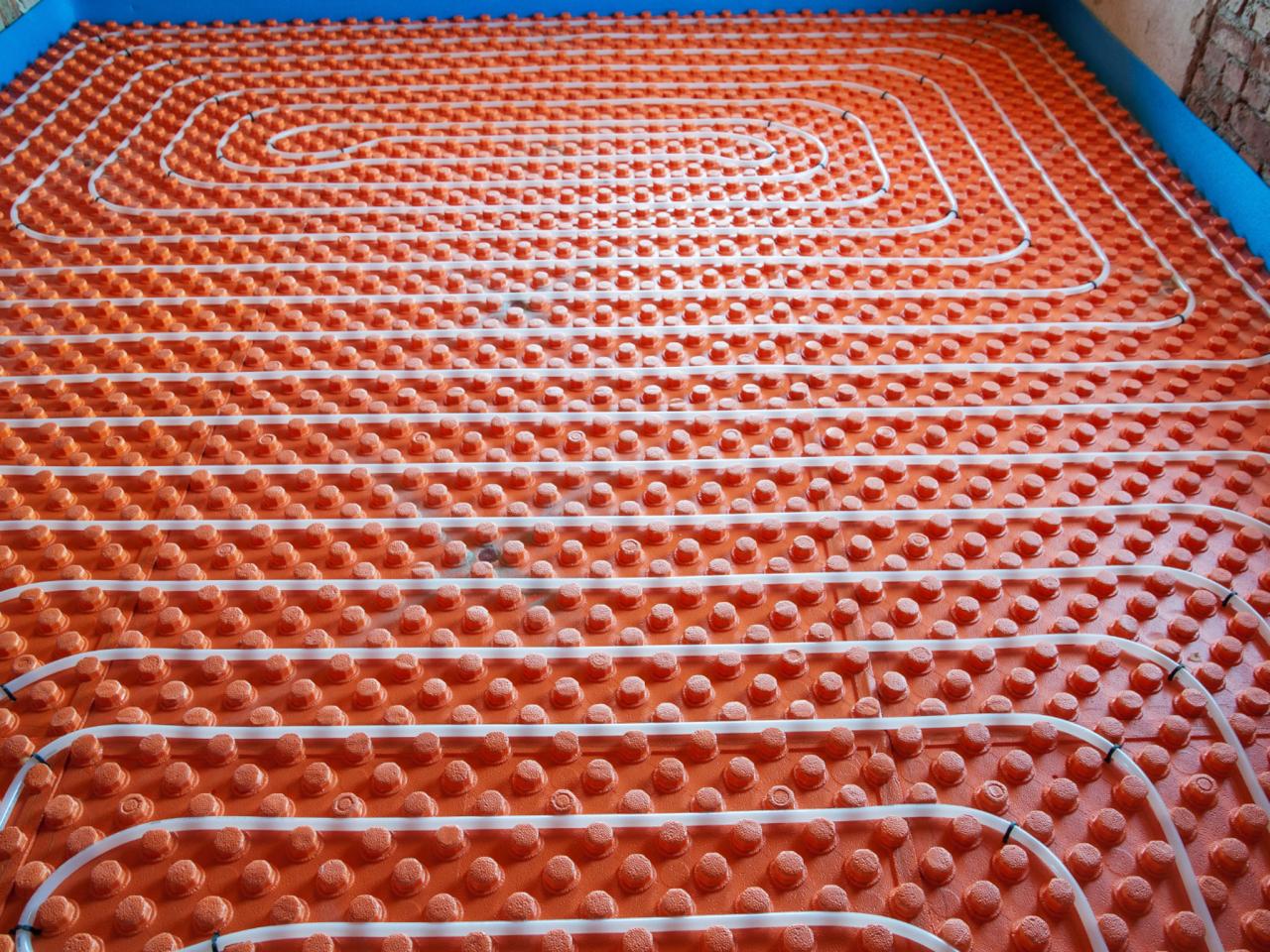Can Radiant Heat A Second Floor

The floors will be stamp concrete on the first story.
Can radiant heat a second floor. With radiant floor heating you re able to enjoy your whole room without radiators on the walls even the most modern radiators take up room on a wall so imagine the design freedom you have with heated floors you can decorate the walls as you wish to really make a statement or simply achieve the minimalist look whatever your style and free from having. I m in the process of build a 2 800 sq ft 2 story home with radiant floor heat on the first floor. Our second story was built with hydronic loops between the floor trusses on the underside of the subfloor using thin metal not aluminum heat transfer plates. Basically wherever pex tubes can be installed radiant heat can travel.
In the living room their is a 13 foot vaulted ceiling that opens up to the second floor loft. Radiant floor tubing was extended to the second floor but after two winters the client had no interest in second floor heat distribution. Yes it can be used on the second floor and it is installed on the underside of the floor joists. Richard recommends installing a manifold in a closet or tucked into a stud cavity close to the area being heated.
The other house was much tighter. More space design freedom. If the heating capacity is just slightly lower than the heat loss then a warmlyyours radiant floor heating system can usually be the primary heat source for three seasons of the year. The heat is made possible in two ways.
However additional heating sources like a radiant panel or a portable heater may be needed to keep the room at the desired temperature during the coldest days. Connecting a second floor radiant system to the heat source is just a matter of finding a way to get the water from the boiler. Solar energy is a good heat source for radiant floors because solar. A great heating source.
Instead of blowing hot air through a vent or pumping hot water to a baseboard radiator along the wall radiant heat warms up the entire floor. Floor joists accessible from below provide a convenient base from which a do it yourselfer can install radiant heat. A metal reflector plate is used to reflect the heat back to the flooring. Here again heat in only the first floor slab was enough to keep the house toasty.
Either through pipes carrying hot water embedded in or directly below the floor or via electric mats in or below the floor. Mats with internal wiring provide the heat. We notice that the hydronic system for the 2nd story tends to warm the ceiling of the 1st floor rooms below rather than the floors as was intended.


















